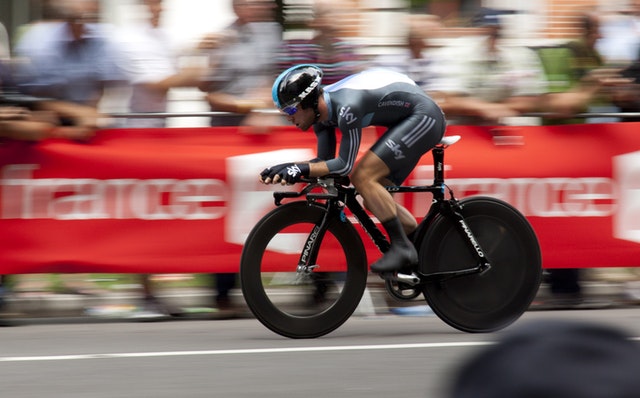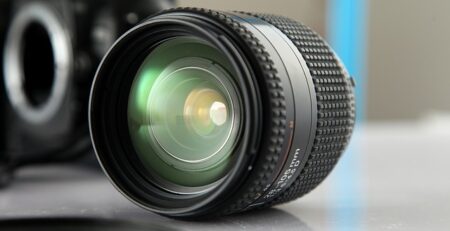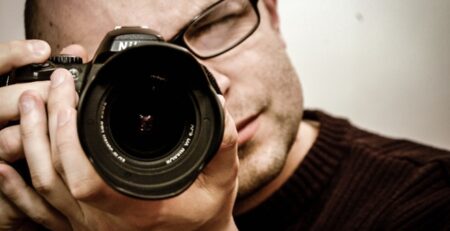A camera can freeze a moment in time — and freezing that split second moment at the peak of the game creates an amazing image. Sports photography, whether it’s t-ball or professional football, usually means the photographer needs to have speed and reflexes too, not just the athlete. But, with practice and a few sports photography tips, you can learn how to capture that winning shot. Here are four sports photography tips for beginners.
Anticipate.
In the split second that it takes for a modern camera to take a shot, often, that peak moment is already gone. Sports photography is that fast. So how do you get those mid-action shots? Two things — one, turning on the burst mode on the camera, which takes several shots in quick succession. And two, anticipating the next move before it happens. You’ll capture better photos if you are familiar with the sport, learning to recognize the signs that a pass is coming to reposition the camera to the likely recipient, for example, and firing just before the pass arrives. If you’re not familiar with the sport you will be photographing, start watching games on YouTube before you go.
Watch the ball.
Some of the same advice for the players actually applies to the photographer too. In sports that involve a ball, keep your eye on the ball and include it in the shot. Without a ball in the photo, it’s difficult for viewers to see what’s going on. While occasionally you can make a case for photographing the action a bit farther from the main play (such as trying to capture a photo of every player on the team), for the most part, the image is better when the ball is visible. For sports that don’t involve a ball, be sure to include enough of the scene so that the viewer can see what is going on.
Embrace a fast shutter speed, even when that means using a high ISO.
Sports, a majority of the time, require a fast shutter speed. Using shutter priority mode is your best bet, particularly for scenes that may have changing light, such as outdoors or with uneven gymnasium lights. The shutter speed depends on the sport you are shooting, ideally at or over 1/1000 though slower sports and limited light may mean using a bit slower speed. In sports, getting that high shutter speed to freeze the action is the most important aspect, so don’t hesitate to use a higher ISO if you are shooting in limited light.
What sports photos don’t require a fast shutter speed? Panning, or moving the camera while the shutter is open, is a popular technique for shooting races that uses a slower shutter speed.
Zoom — but aim for variety too.
A fast zoom lens is a sports photographer’s best friend, bringing action across the field up close. A good zoom lens will allow you to get solid shots even when you are limited in where you can stand, which is an unfortunate reality in many sports photos. While zoom is important, add variety by including some wider shots that show more of the play, as well as looking around to fans and coaches for potential shots too.
Sports photography’s high speed makes it a challenge for new photographers, but with some practice, the shots can be worth the extra effort in the end.






